| Sorted by date | |||
page222from Building Ideas
rationalized
society; it is rather a theory that tries to grasp the meaning of the
transformation (of the idea) of Being that has been produced as a consequence
of the techno-scientific rationalization of our world.10
It
should only be necessary here to say a few words about a “deconstructive”
hermeneutics as a critical strategy of interpretation by way of conclusion. That
the backward-looking emphasis in hermeneutics can conceivably be transformed
within a more future-oriented practice is suggested by Derrida’s affirmative
attitude towards the past and his desire to open up issues previously
prepressed by the “dominant” histories. This dynamic approach to tradition also
has a parallel with psychoanalysis, in the Freudian technique of working
through the traumatic events of past experience. By taking up and restating the
archetypal figures from the history of thought – at the same time as making
explicit the basic ambiguities underlying their origin – the critical practice
that Derrida advocates could also become a prelude to Heidegger’s “opening up”:
This
moment of doubling commentary should no doubt have its place in a critical
reading. To recognize and respect all its classical exigencies is not easy and
requires all the instruments of traditional criticism. Without this recognition
and this respect, critical production would risk developing in any direction at
all and authorize itself to say almost anything. But this indispensable
guardrail has always only protected, it has never opened, a reading.11
The
taking up and challenging of traditions within architecture has been an
important element in each of the themes in this book. It is hoped that as part
of this ongoing process of critical assessment and reinterpretation –
necessitated by the role of building as “cultural texts” – that enough will
have been gained through the hermeneutic
|
|||
|
|||
|
|
 ... ...
... ... ... ...
... ... ... ...
... ...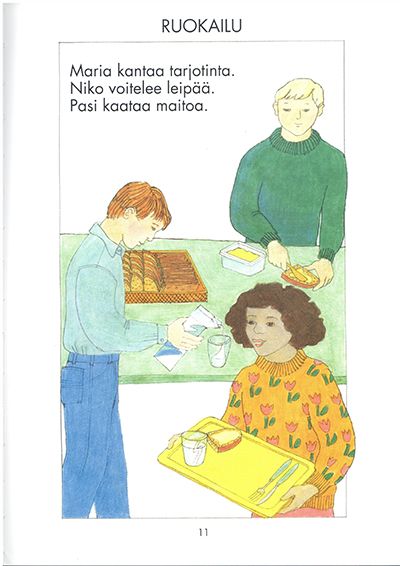 ... ...
... ... ... ...
... ...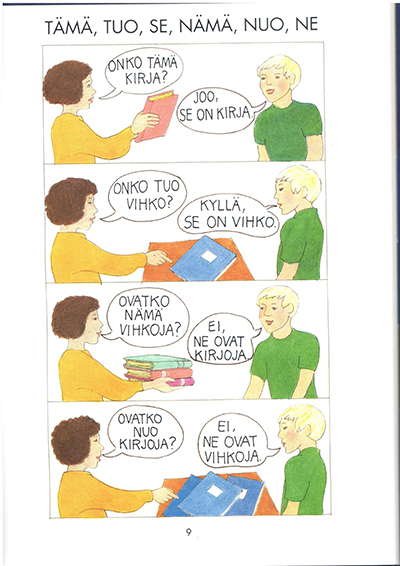 ... ...
... ...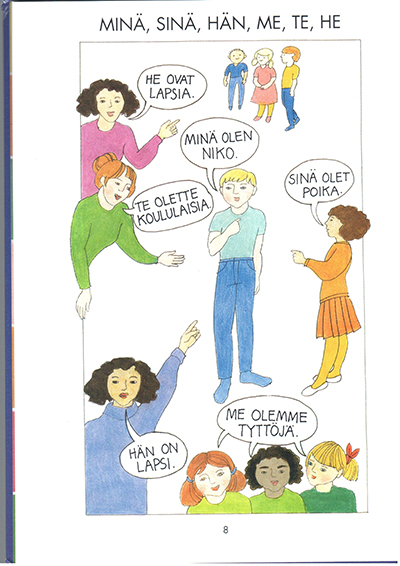 ... ...
... ...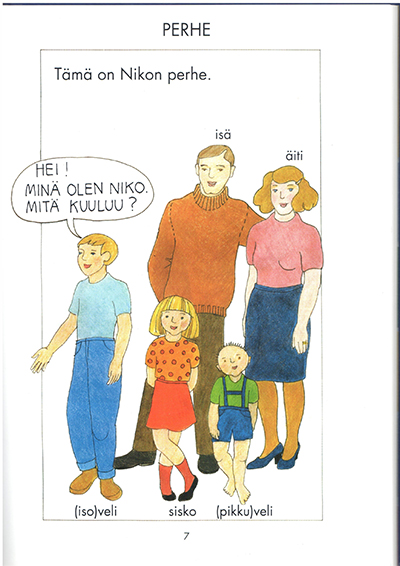 ... ...
... ... ... ...
... ...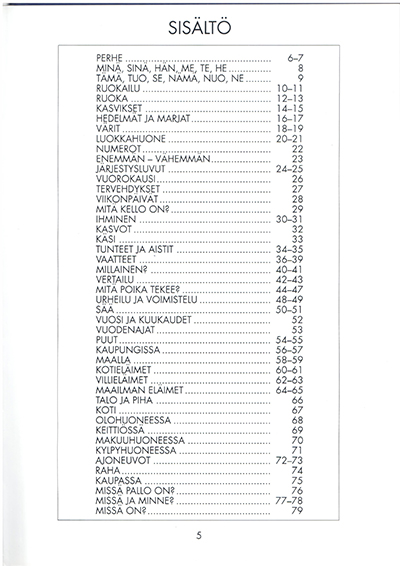 ... ...
... ... ... ...
... ... ... ...
... ...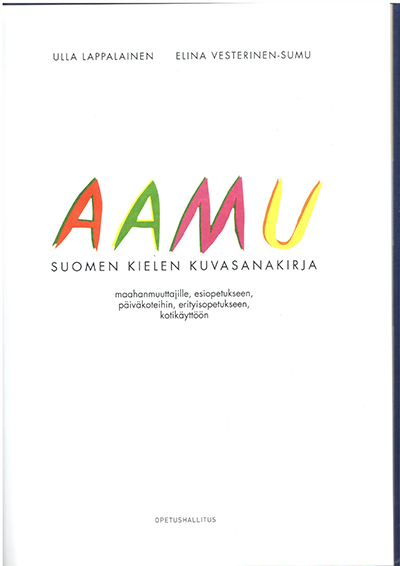 ... ...
... ...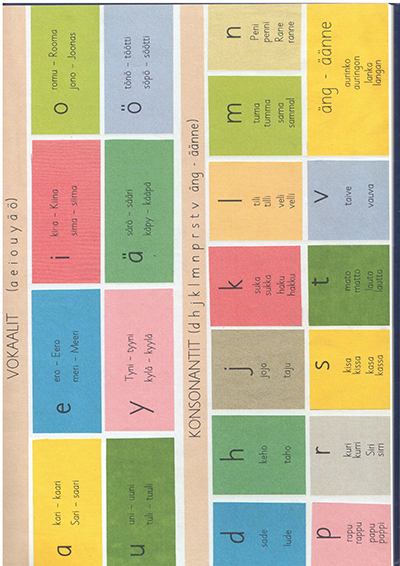 ... ...
... ...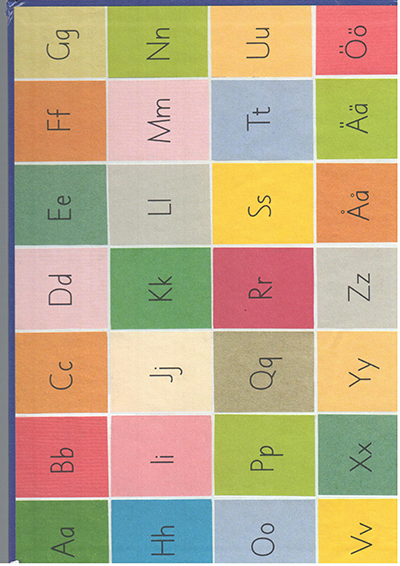 ... ...
... ...